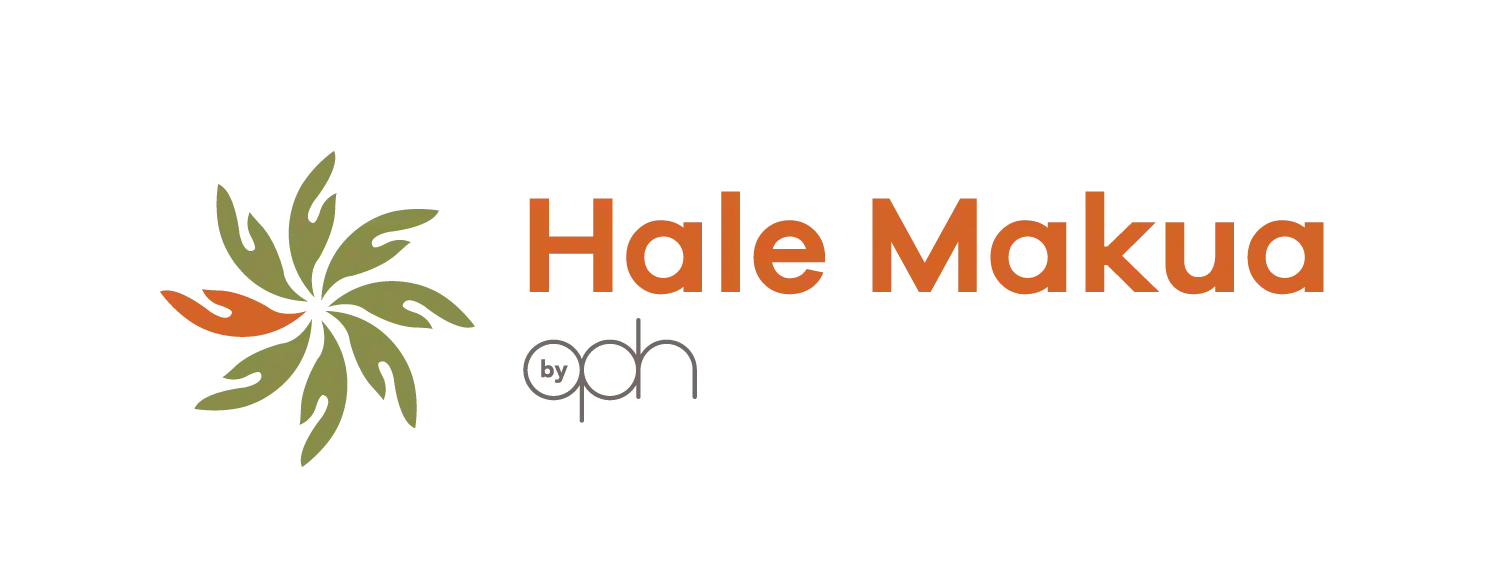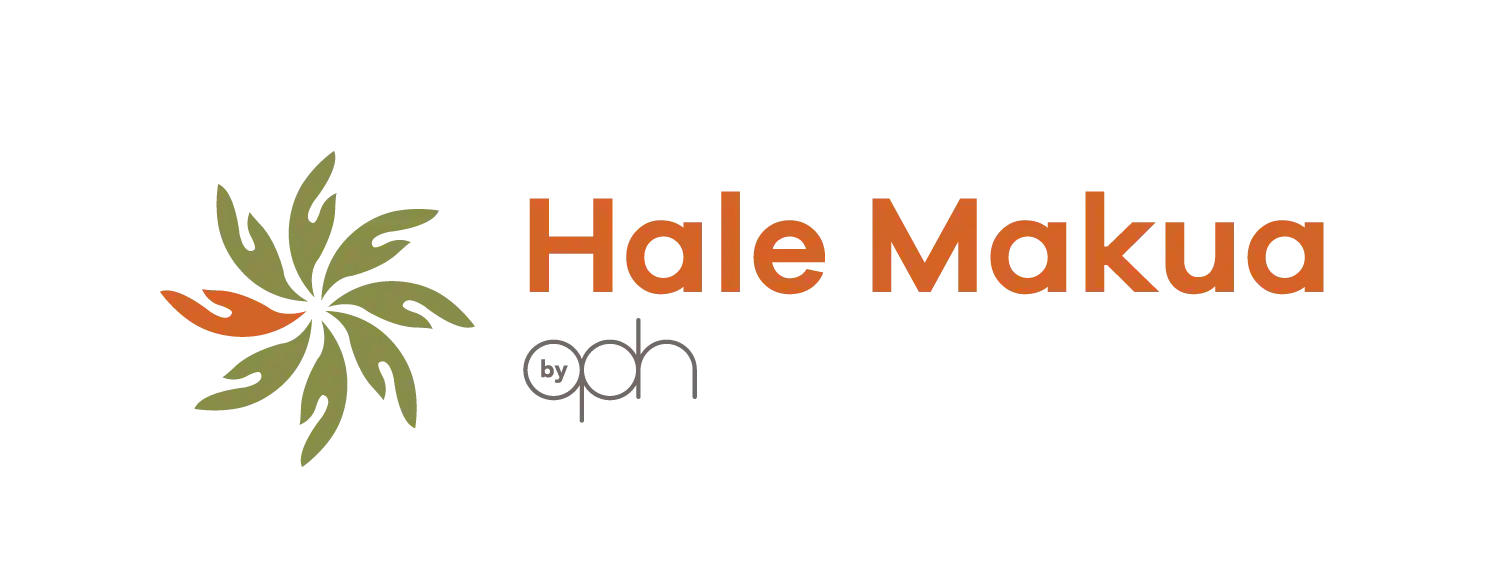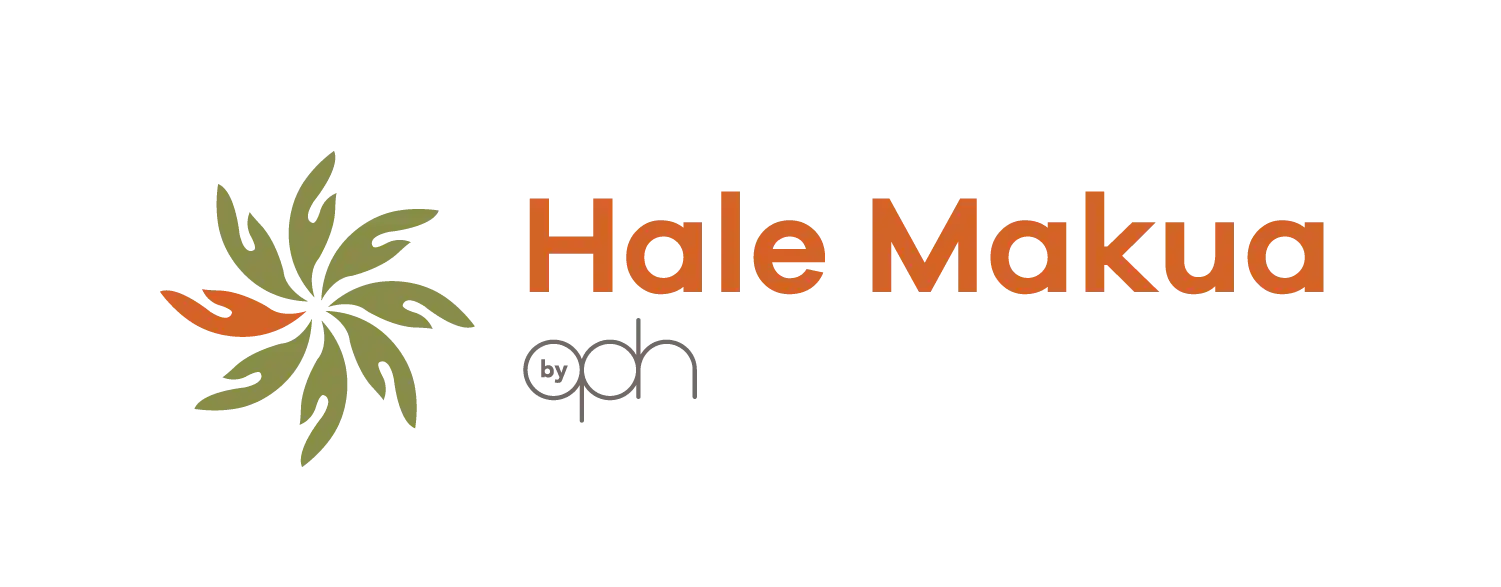Kīhei Charter School project-based student-centered learning celebrates the holidays with special student presentations

Students at Kīhei Charter School are preparing presentations to their peers, parents and teachers ahead of the holiday break.
The Kīhei Charter School implements a student-centered, project-based learning model that gives its students a measure of autonomy when choosing how to learn and grow as students and as citizens of the larger community.
Every student in grades K-12 is required to choose a project to work on during the school year and be able to present the findings associated with what they have learned, how the project was developed, and why it was concluded successfully.
According to Leslie Baldridge, Elementary School Director, students learn how to solve problems and work collaboratively with their peers. The projects and their presentations help with problem-solving skills and learning communication skills.
Fifteen-year-old Palma Gorman, an 11th grader at the school build a robot arm to pick up materials at a recycling center and deposit them in the correct recycling bins. Gorman built the robot arm out prototype of recycled materials, saving money, staff costs and time.
Gorman said she enjoys the project-based education model because it gives her the opportunity to be creative and a clear path to knowing if she has succeeded or not. “When I can build something and if it works, I know I have succeeded,” she said.
Bodhi Williams, a 15-year-old 10th grader also chose to build a robot claw arm out of recycled materials that was designed to address a similar problem.
“I learned how to design what I wanted to make,” he said. “There were no instructions on how to build. We had models to work from. I kept working on the robot arm until it worked. It’s all about trying again until you get it right,” he said.
Head of School Michael Stubbs notes that 687 students in total will do a project and present their work. He noted that “Students get to celebrate their hard work, explain the learning process, and share their knowledge and future learning goals. Families love the presentations because they can witness their children’s achievements and feel a sense of pride in seeing how much they’ve grown throughout the year.
“Kīhei Charter School, since day one, has been student-centered,” said Stubbs. “Students have the freedom to choose how they approach their assignments. They can personalize their projects, choosing aspects that spark their interest. This leads to a more engaging and rewarding learning experience.”
Gorman summed up the education model saying: “I really like that project-based learning allows us to be creative, and that doing makes it easier to learn when we try things, than when people try to teach us by presenting it in classes, it’s harder to learn concepts that you just see on paper.”









